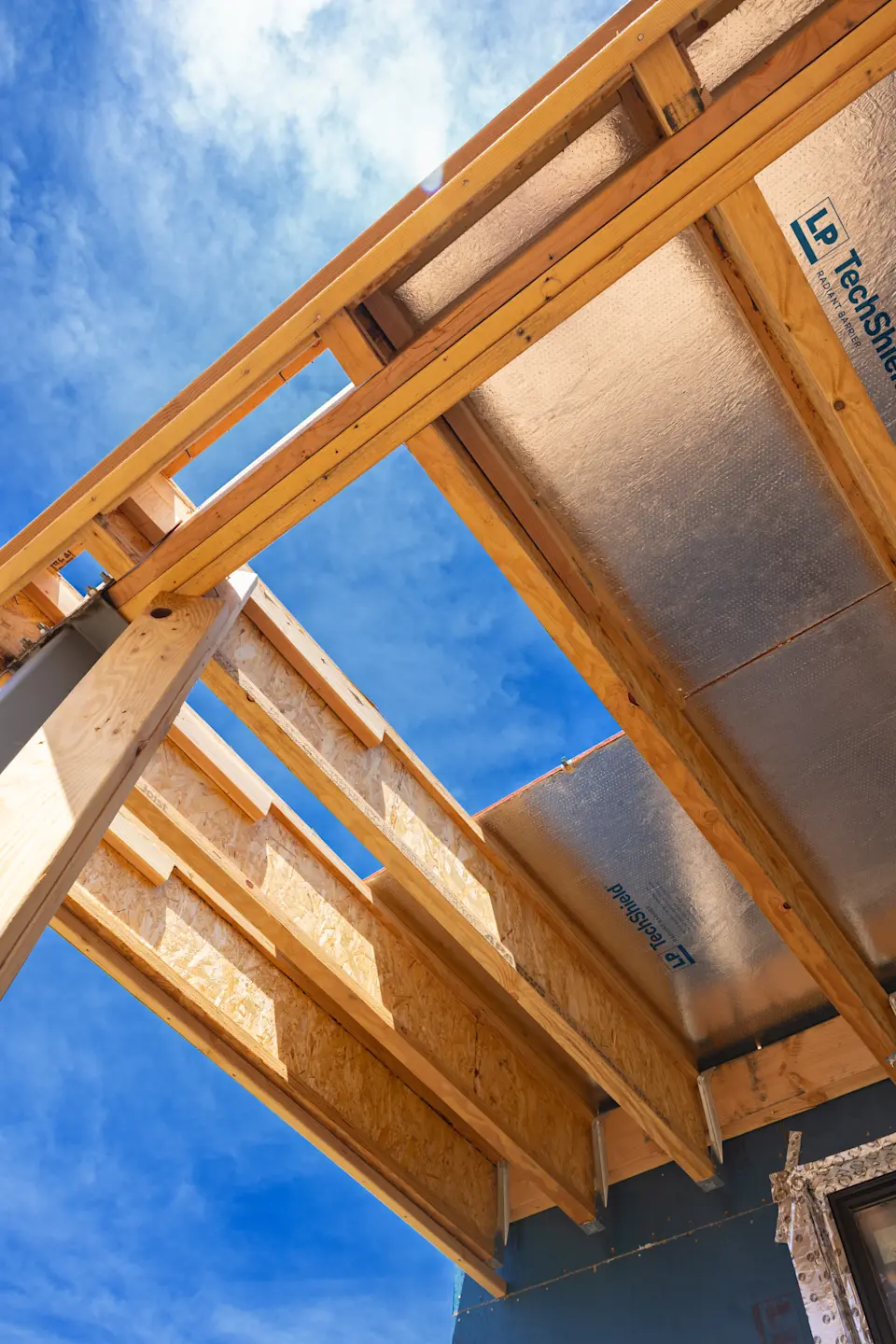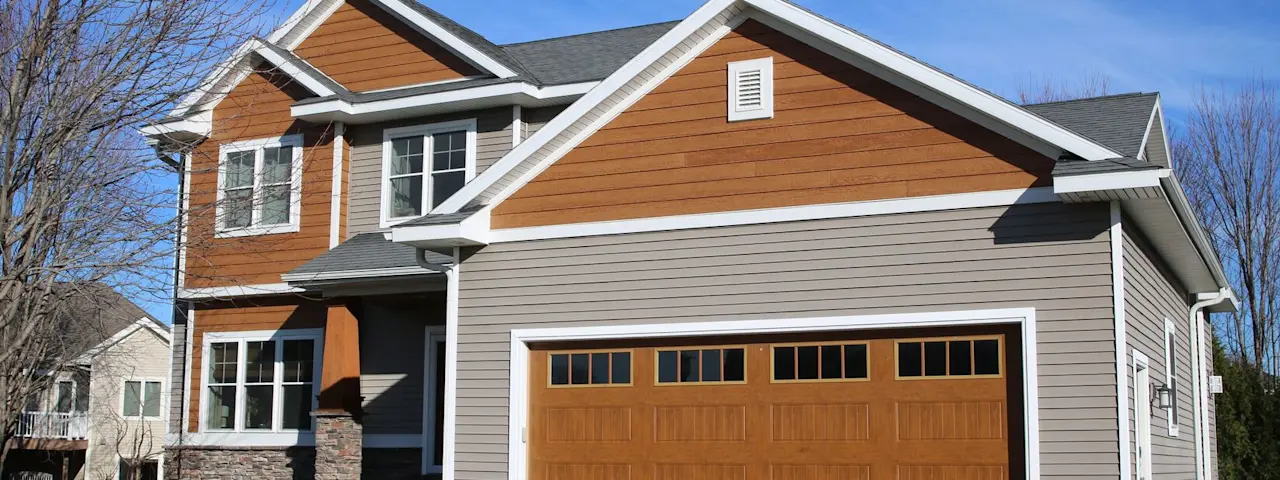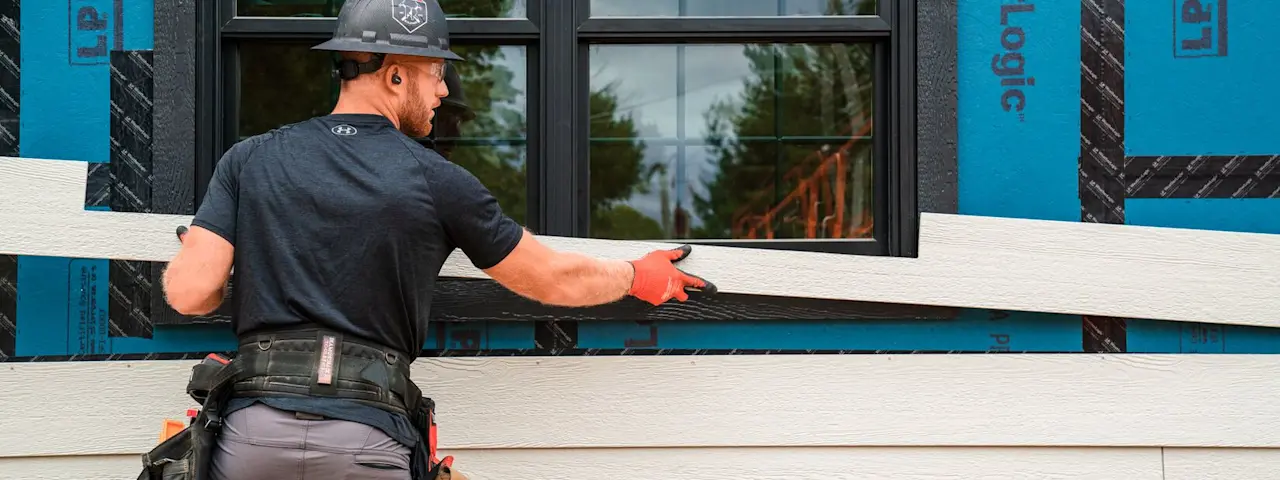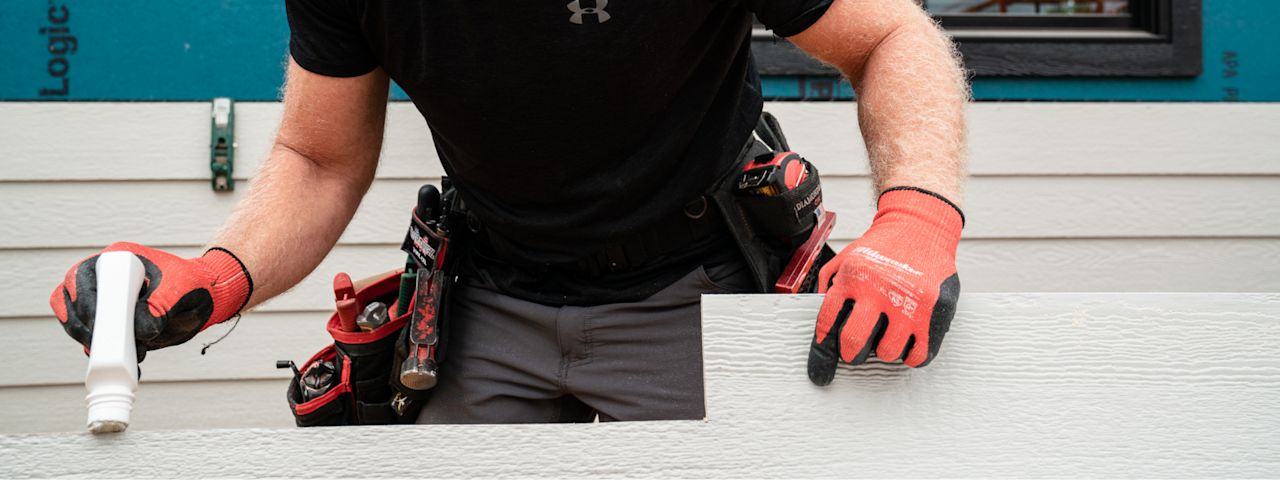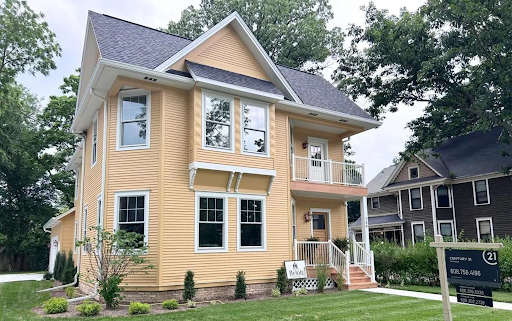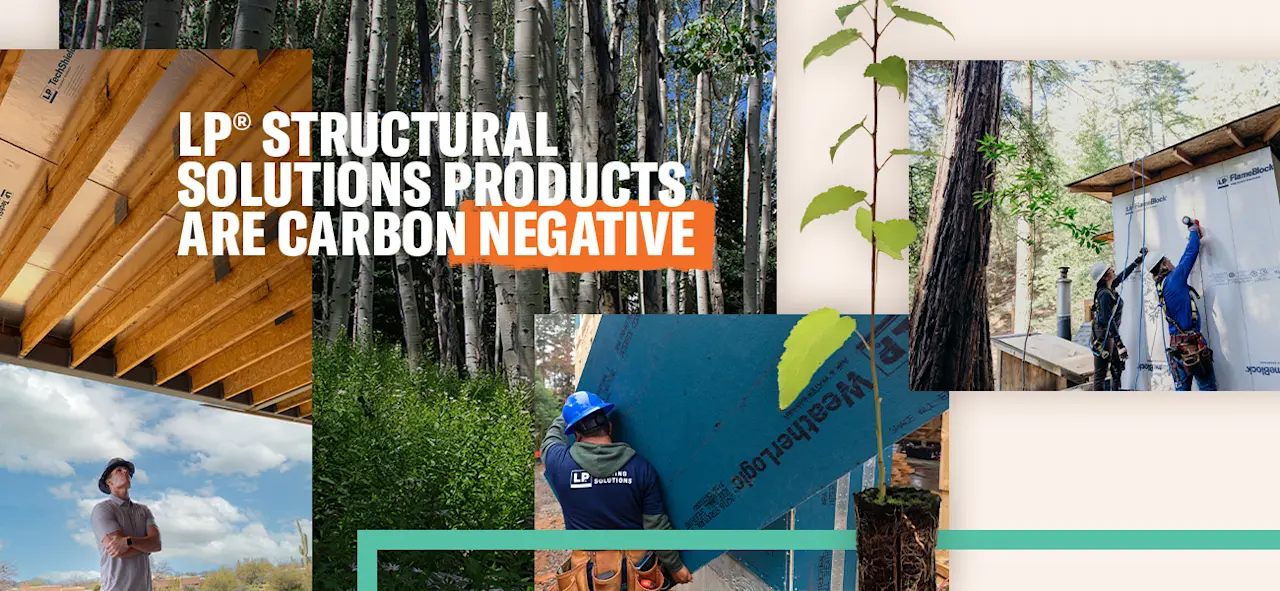When beginning new construction, many builders often start with the mindset of using commodity OSB materials. However, when homebuyers demand certain elements to be built into their home—including sustainability, energy efficiency, resiliency and overall performance—builders often shift to designing with premium building materials.
While many builders turn to LP® TechShield® Radiant Barrier Sheathing —the industry’s original brand of radiant barrier sheathing—plenty of others use LP WeatherLogic® Air & Water Barrier for roof sheathing.
Why choose one over the other? Let’s take a look at reasons for building with LP WeatherLogic Air & Water Barrier and LP TechShield Radiant Barrier Sheathing on a variety of roofing types.
How LP TechShield Sheathing Meets Roof Panel Requirements
Most praise for LP TechShield Radiant Barrier is associated with its radiant barrier performance in blocking up to 97% of radiant heat transfer into the attic, cooling attic temperatures up to 30 degrees fahrenheit.
But the popular radiant barrier captures equal praise from the trades for installing exactly like conventional roof sheathing, requiring no additional labor or installation time.
After installing radiant barrier roof sheathing, it’s important to cover roof sheathing as soon as possible with water-resistant roofing underlayment for protection against excessive moisture prior to roofing.
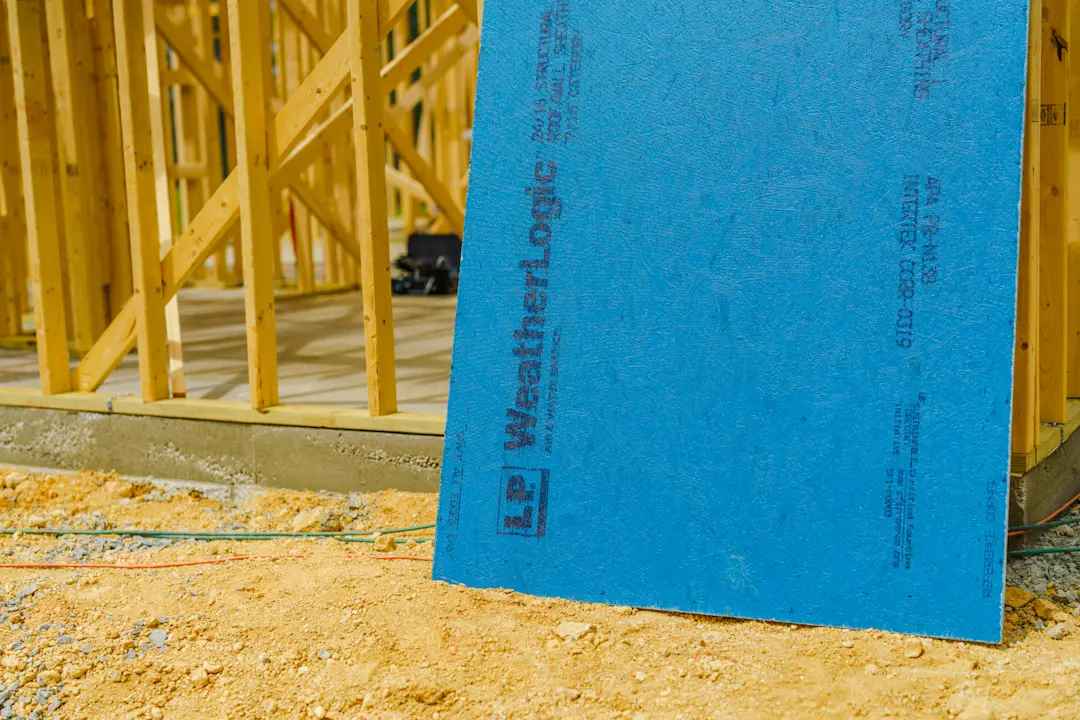
How LP WeatherLogic Sheathing Meets Roof Panel Requirements
Most builders are familiar with LP WeatherLogic Air & Water Barrier as a wall panel, but it serves as a versatile roof panel, too. The LP WeatherLogic system (including the panels with joints sealed with the LP WeatherLogic Seam & Flashing Tape or Sealant) protects against air and water during and after construction, helping safeguard the home from water intrusion for a tighter building envelope while allowing moisture vapor to escape. The same holds true when the LP WeatherLogic system is used as roof sheathing.
Factors to Consider When Choosing Between LP WeatherLogic Sheathing and LP TechShield Panels
“If I had to choose today between LP WeatherLogic Air & Water Barrier and LP TechShield Radiant Barrier, I would choose the product that provides the best durability and long-term survivability of a roof system for the climate zone of the new home,” says Mark LaLiberte, building science consultant with Construction Instruction.
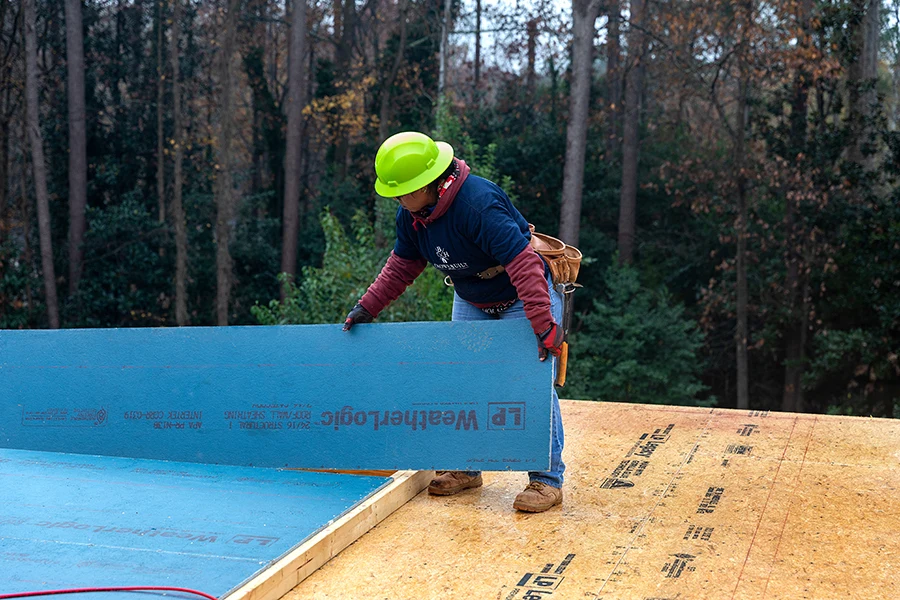
However, builders in the South are very familiar with LP TechShield Radiant Barrier because it’s recommended for warmer climates as it plays an important role in the operation of the house.
“It’s not ideal to put ductwork in the attic, but in some areas of the country there is no choice,” says LaLiberte. “LP TechShield Radiant Barrier is great for lowering attic temperatures, creating a more comfortable space for the mechanical system to work in an unconditioned environment.”
House design, which relies on regional preferences, is another factor when choosing between the two value-added sheathing panels.
In desert climates, modern, flat-roof houses are a popular aesthetic. “Putting down a membrane so it’s watertight early in the cycle is important. Ducts are located in the attic, so LP TechShield Radiant Barrier is the best choice,” he explains.
“In Texas you’ll see LP TechShield Radiant Barrier because of the beating sun, but not in Minnesota because the mechanical systems are not located in the attic.”

In exceptionally rainy climates when the construction timeline is expected to be long, LaLiberte likes the water-resistive envelope that LP WeatherLogic Air & Water Barrier system provides.
LaLiberte explains that one does not offer better performance over the other. “When determining whether to use LP WeatherLogic sheathing or LP TechShield Radiant Barrier, it’s important to consider what you’re trying to accomplish,” says LaLiberte. “LP Structural Solutions manufactures an entire portfolio, engineered with the builder in mind, to answer those questions.”
